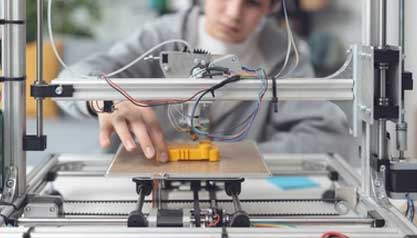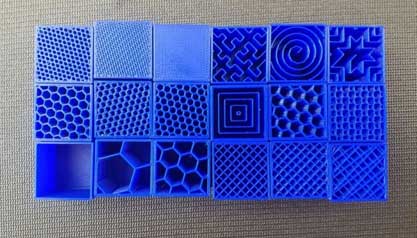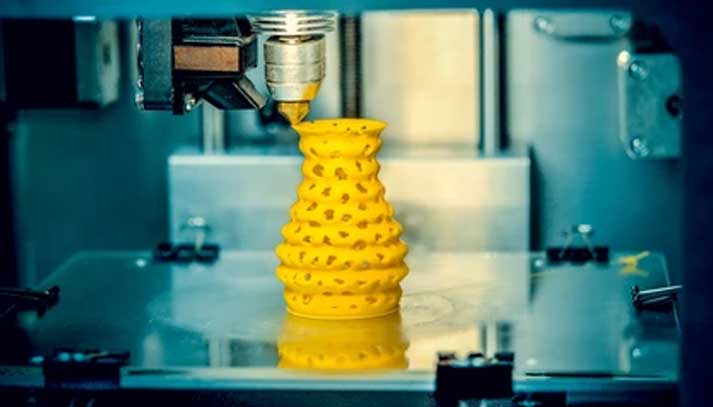What Stops My 3D Printer From Warping?
Warping is one of the most common problems that plague modern printers. In order to prevent this, you need to keep your build plate free of any dirt or debris. The ideal temperature for the build platform is about 80oC. However, you can increase this number to 120oC if you want to print larger objects. If you are a beginner, try printing smaller models first and then gradually increasing the size of your prints as you progress.
Warps from the Build Area

The temperature of the build area is another common cause of warping. To prevent this from happening, use an enclosed build environment. Place your printer near a radiator or heater. You can also install an enclosure for the printer. These two steps should reduce warping, but they will not solve the problem permanently. You can also use painter’s tape or Kapton tape to protect your prints from warping.
A heated build plate and re-leveling the print bed are two common solutions. These two methods will reduce the risk of warping. By using a heating plate, you will prevent the layer from solidifying. You will also be able to keep it flat during the printing process. The last option is to install a gyroid enclosure if you have one. This will help reduce warping and prevent it altogether.
Common problems with 3D printing
Warping is a common problem that most printer owners encounter. If you experience warping, the best solution is to keep the ambient temperature low, and monitor the temperature inside your machine. This will reduce the chances of the print bed from warping. This way, you’ll prevent warping and avoid the need to replace the entire print bed. By using an enclosure, you’ll prevent your 3D prints from warping.
Warping is one of the most common 3d printing problems. It occurs when the corners of a model are distorted and become unpreventable. You can prevent warping by using a heated bed. If you don’t have a heated bed, consider installing an enclosure. This will help minimize the cooling effect of drafts on your print. If you want to avoid this, you should follow a slow cooling process.
Changing the Infill Material

Changing the infill type is another way to prevent warping. Instead of printing long straight lines, you should use alternative infill like gyroid or honeycomb. By changing the infill material, you will reduce the amount of internal stress on your print bed. During a print job, you should ensure that the ambient temperature is constant. Do not open the door while the printer is printing.
Aside from changing the filament, you can also lower the temperature of your 3D printer. You can reduce warping by heating your bed to a temperature that is consistent with the ambient temperature. Changing the temperature can also help prevent warping. Make sure that you keep your printing bed at a constant temperature. By doing this, you can prevent warping from happening. It can also be prevented by keeping your bed and model at close temperatures.
Conclusion:
One of the easiest ways to prevent warping is to use a heated bed. This can reduce warping by preventing the heat generated by the printer from absorbing heat. Aside from the heated bed, you can also print skirts to prevent the warping of your print. By lowering the temperature of your print, you can reduce the risk of a printed object from buckling or bending.

